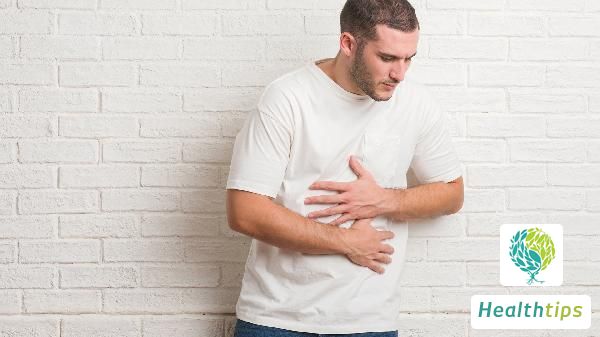"What Causes Styes to Develop in the Corner of the Eye?"
Stye: Causes, Symptoms, and Treatments
Stye, a condition affecting the eyelid glands, may be associated with excessive eye strain, poor hygiene practices, improper diet, overactive glandular secretions, weakened immunity, and other factors. If symptoms persist, prompt medical attention is advised, and targeted improvement or treatment measures can be undertaken under medical guidance.

1. Excessive Eye Strain
Prolonged staying up late or using electronic devices such as mobile phones and computers for extended periods can lead to inadequate rest for the periocular muscles and optic nerves, promoting excessive oil secretion in the eyes. Accumulation of this oil may trigger stye, manifesting as pustules at the affected site. Avoid overusing your eyes; for mild symptoms, apply warm compresses. For severe cases, medications like Levofloxacin Hydrochloride Eye Drops, Acyclovir Eye Drops, and Erythromycin Ointment can be prescribed by a doctor.
2. Poor Eye Hygiene
Neglecting eye hygiene, such as frequently rubbing eyes with dirty hands, using unsanitary towels, or swimming in poor-quality water, can allow bacteria to enter the eyes, causing secondary infections and stye. Some patients may develop hard nodules on their eyelids. Maintain good eye hygiene, avoid rubbing eyes, and keep eyes away from contaminants. Under medical guidance, use medications like Levofloxacin Hydrochloride Eye Drops, Erythromycin Ointment, and Ganciclovir Eye Drops.
3. Improper Diet
Consuming excessive spicy or greasy foods like chili, garlic, and fatty meats may stimulate the sebaceous glands of the tarsal plate, predisposing to stye. Affected areas may present with hard masses and tenderness. Alleviate discomfort with warm compresses and, under doctor's recommendation, use Erythromycin Ointment, Levofloxacin Hydrochloride Eye Drops, and Fluconazole Eye Drops. During treatment, maintain a light diet.
4. Overactive Glandular Secretions
If the tarsal glands are hyperactive and secretions in the corners of the eyes are not regularly cleaned, blockage of the gland ducts can occur, leading to stye. Medications commonly prescribed include Levofloxacin Hydrochloride Eye Drops, Gatifloxacin Eye Drops, and Erythromycin Ointment.
5. Weakened Immunity
Decreased immunity increases susceptibility to bacterial infections, with many stye cases caused by Staphylococcus aureus. Consume vitamin C-rich fruits and vegetables, engage in moderate exercise, and enhance immunity. Under medical advice, use Erythromycin Ointment, Levofloxacin Hydrochloride Eye Drops, and Fluconazole Eye Drops.
Diseases like blepharitis and conjunctivitis can also lead to stye-like symptoms. Seek medical attention promptly for relevant examinations to prevent symptom exacerbation. Practice good eye hygiene daily, avoiding rubbing eyes with hands and using clean, dampened wipes instead.



















